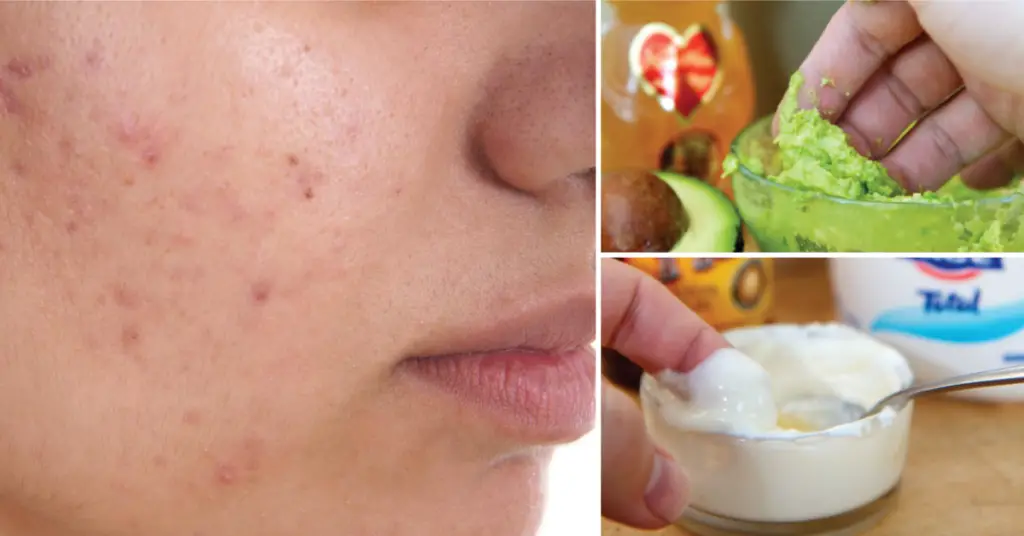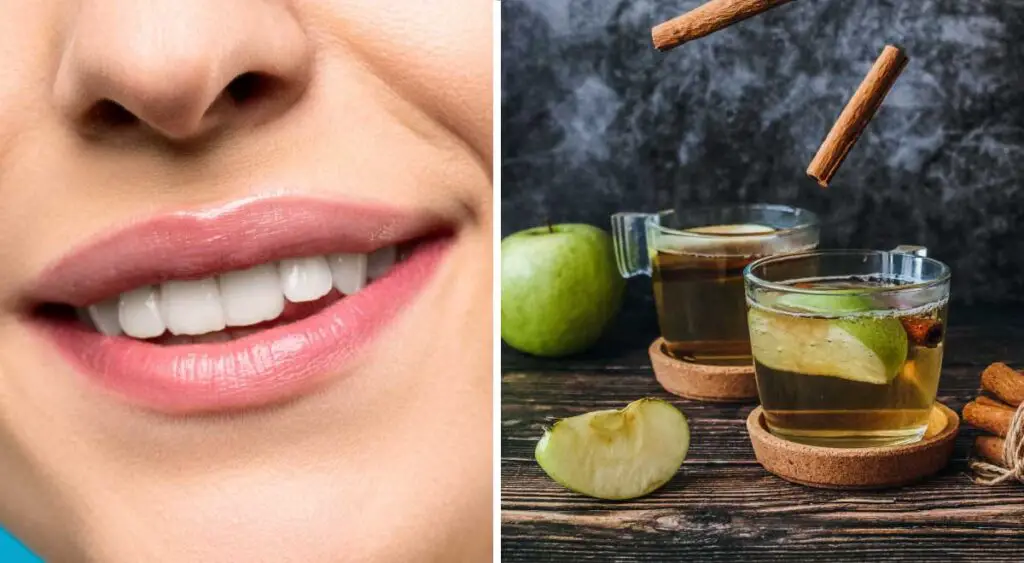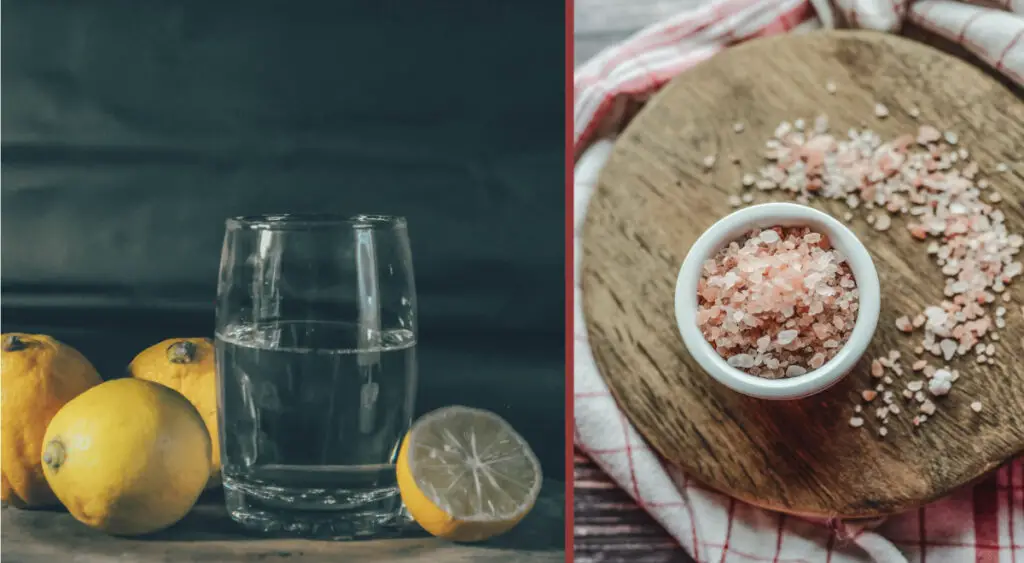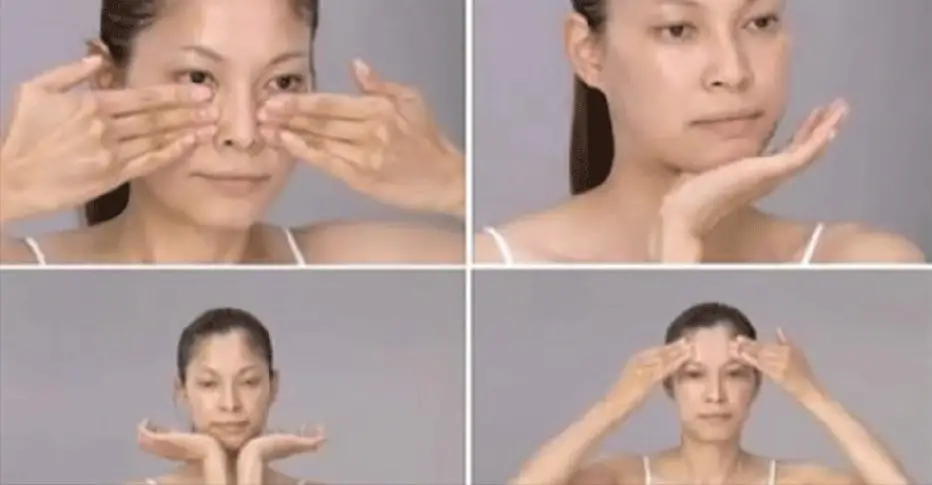Your skin is your best friend. Your own skin adores you. You take care of it and it takes care of you. It’s the largest organ in your body and its job is to protect you. It does a lot for you, so you should do a lot for it. Wear sunscreen, drink plenty of water, eat healthy foods, and get enough sleep. Your skin will thank you for it by looking and feeling its best.
But all of sudden acne appears and you despise your skin. So, what’s the answer? Do you go with harsh chemicals and costly scrubs? That’s a wonderful way to repay a friend who has been there for you since the beginning. It’s not your epidermis’ fault that hormones are producing all of that extra substance which is called sebum, to clog up your pores, or the fact that bacteria is out of control.
So, to solve this acne problem, there is no need to put all that expensive chemicals on your skin. Try solving this problem with all-natural ingredients.
You’ll make both happy – your skin and your wallet too.
1. Cinnamon – honey mask
Honey and its sticky properties and cinnamon spicy as it is, both seem like undesirable things to come into direct contact with your skin. Strange, but they are a deadly combo in the war with acne. Cinnamon has antimicrobial properties, which may aid in the prevention of bacteria from spreading out of control. If this happens somehow, here is honey and its natural anti-biotic properties that will be here to intervene.
Directions: Using water, wash your face and then pat it dry. Combine 2 tablespoons of honey and 1 teaspoon of cinnamon in a mixing bowl until they are fully combined and form a paste. Apply this to your face or a specific area, and let it sit for 10-15 minutes. Wash and rinse off completely. Have some paper towels on hand.
2. Apply some apple cider vinegar
Apple cider vinegar immediately kills off all the bacteria very easily. It’s also an alkaline cleanser, which helps to keep your skin healthy by keeping bacteria at bay.
Additionally, it helps to dry out the grease that is created on our faces. However, keep in mind that you should not apply it excessively because doing so may dry out your skin too much and have a counter-effect.
Directions: Using water, wash your face and then pat it dry. 1 dose of vinegar 3 doses of water, and simply dip a cotton ball into vinegar and apply it straight to the spot. Allow at least 10 minutes, or maybe overnight to dry. After washing your face, use a moisturizer.
3. Milk/yogurt and honey
There has been a lot of discussion about dairy products causing acne, but it appears that milk can help your breakouts and complexion when applied topically. It simply soothes inflamed skin and helps to reduce redness. The queen of Egypt, Cleopatra, swore on her milk baths. You could also use yogurt. It’s both antibacterial and moisturizing, making it a great choice for skin.
Needed:
- 1 tbsp milk or yogurt
- 1 tbsp of honey
Directions: Let the milk (or yogurt) to room temperature and mix it with the honey. You may either apply the mixture with a cotton pad or scoop it up and pat it on. Leave it for 10-15 minutes. To eliminate loosened dead skin, wash your face and softly scrub it.
4. Papaya is an effective pimple remedy
The papaya fruit is used in a variety of skincare and beauty products on the market today. Plain raw papaya is a natural acne treatment that exfoliates the surface of the skin, removing dead cells and excessive lipids, leaving it soft and smooth. The papaya fruit is high in a chemical called papain, which has anti-inflammatory properties and aids in the prevention of pustules.
Using water, wash your face and then pat it dry. Mash the papaya flesh until it is smooth enough to apply to your skin. Leave it for around 20 minutes and then wash it with water. Add moisturizer if your skin is dry.
5. Egg whites
Egg whites are a simple and inexpensive method to help reduce acne and scars caused by blemishes. Egg whites are high in proteins and vitamins, which help to repair your skin cells and fight acne. Use a hydrating toner afterward; they might dry out your skin somewhat.
Using water, wash your face and then pat it dry. Separate the yolks from the whites. You may use as many as you like, although two to three is typically sufficient. After you whisk the egg whites, let them for a few minutes. With the help of your fingers, apply a layer and let it dry for a little and do 2 or 3 layers. Leave it for 20 minutes and wash and rinse your face with warmer water. Apply moisturizer.
6. Discover the benefits of tea tree oil
Tea tree oil is a common component of many home cures, but it’s also frequently used in skin care, particularly for treating acne. Unlike other oils, tea tree oil has properties that unblock the pores. It kills acne-causing germs and prevents future breakouts thanks to its antibacterial properties.
Note: Tea tree oil is safe to use on the skin, but it should never be consumed. Always has to be diluted as well.
Needed:
- a small bottle of tea tree oil
- clean fresh water
- application sticks
Direction: Using water, wash your face and then pat it dry. Dip the application stick to the diluted tea tree oil (ratio of 1 oil to 9 water) and apply to the problem areas. If you want to create a stronger dilution, you may do so gradually by using each new combination for at least a week. Like we said earlier – never use it undiluted.
7. Prepare and use an orange peel paste
Many people enjoy the scent and refreshing taste of oranges. They have a light citrus fragrance, and they taste revitalizing and invigorating. Our skin, like our taste buds, may appreciate them as much as we do. Because of the vitamin C, citric acid, and astringent qualities of orange peels, use an orange peel face mask on pimples to help clear up pimples that are brought on by germs and dead skin cells clogging pores. Vitamin C is particularly beneficial since it promotes the development of new healthy cells, keeping your skin in better condition over time.
Direction: Using water, wash your face and then pat it dry. Have 2 orange peels and blend them and add a small amount of water just to make a paste. The consistency of the paste shouldn’t be too thin. Once you have the right one, apply it to your skin. Leave it like that for 25 minutes. Rinse it with water and put on a good moisturizer.
8. Make use of a banana peel too
Bananas are a great source of nutrients and antioxidants, and even the portion we don’t eat such as the banana peel is beneficial. The antioxidant properties of their peels are powerful enough to reduce swelling and inflammation and promote healthy cell development, and all of this is because they have lutein. It’s a powerful antioxidant.
So, as you can see, just rubbing a banana peel on your face is something that will help in reducing the redness and discomfort that you may have on your skin.
Directions: With simply round motions rub the banana peel all over your face leave it like that for around half an hour and wash it with water. Normally you need to eat the banana before you do this 🙂
9. The benefits of sodium bicarbonate are nearly limitless
Glorious sodium bicarbonate is a versatile helper that shows up in too many situations to count. Baking soda is also useful for acne treatments since it has antiseptic qualities and a remarkable capacity to combat fungus and bacteria, as well as to dry up extra oil, all while microdermabrasion your skin and making it soft and lovely.
Directions: Baking soda can be used in two ways on your face: as a facial mask or a basic scrub.
To make a facial mask, combine equal parts baking soda and water to form a thick paste. Apply the paste in small circular motions for 2 minutes. Then, just leave it for 20 minutes and wash your face with clean water. In the end – put some moisturizer.
For scrubbing – make a ratio of 1/2 cup baking soda with 1/8 cup water. Apply the mixture by massaging for around 5 minutes. Wash the face with warm water and moisturize at the end.
10. Make it steamy
Steam can be used to treat a variety of minor ailments, including acne. It unclogs your skin’s pores and removes impurities that have settled deep within it by opening them up and flushing out pollutants that may be causing your breakouts. You have the option of only steaming, or of using something else after.
Whatever you choose, it will help you in this battle with skin problem factors.
11. The wonders of garlic
Garlic is said to be a beneficial natural cure for acne since it is reputed to have antibacterial properties. You may either take it orally or apply it topically to assist reduce the severity of your breakouts and avoid them in the future.
What you shouldn’t do – applying raw garlic directly to your face skin. Always dilute it with water. The smell of garlic may change your mind but garlic is a very good weapon in the fight against facial skin problems.
Directions: 2-3 cloves of garlic should be mashed and kept in water for 10 minutes. Soak the cotton pad in garlic water and apply it to the problem areas. If you have difficulties applying, because the mixture can be a little bit hard to work with, then you can put aloe vera gel instead of the water.
12. Wash your pillowcase
In general, a pillowcase should be washed at least once a week. We generally don’t follow this, but when it comes to preserving your skin’s youthfulness and health, it may be beneficial to be a little bit more concerned about the cleanliness of your pillowcase.
When you sleep, your face comes into contact with your pillowcase which can transfer dirt, oil, and bacteria to your skin. Over time, this can lead to a build-up of oils and dirt on the fabric.
Wash your pillowcase regularly in hot water to help remove these impurities and prevent them from causing breakouts. In addition, consider using a pillowcase made from a material that is less likely to absorb oil and dirt, such as silk or satin. By taking these simple steps, you can help keep your skin clear and acne-free.
5 Misconceptions about acne that you should know
Acne is surrounded by myths and mixed information. Understanding what’s real and what isn’t may assist you in determining the best treatment plan for your skin.
1. Acne is caused by dirt or dirty skin
Acne is not caused by uncleanliness, poor hygiene, or the failure to wash one’s face. Excess washing or scrubbing with harsh soaps or chemicals may inflame your skin and make your acne worse. Over-cleaning can result in your skin drying out, which it will then attempt to compensate for by producing even more sebum. Simply washing the skin to eliminate surplus oil and dead cells is all that’s required.
2. Acne is associated with stress
Stress in theory can have an impact on hormones, which can lead to acne. It’s tough to put a number on it, and when you consider the stress that most of us face daily, there wouldn’t be an acne-free face in sight. Regardless of the daily stress, if you have effective acne treatment, the treatment will override this.
3. Breakouts are caused by greasy or chocolate foods
Chocolate and greasy meals have been found to have minimal or no influence on acne development. However, because some dairy products or carbohydrates increase blood sugar or include added hormones, they can cause acne. It’s not very common.
4. Sunlight clears up acne
There is some truth in this but short term. Sunburn, or even a slight tan, will appear to clear up your acne. But it is never a solution in a long term.
Sunburns and tanning dry up the skin very much so this will do more bad than good.
5. If you have acne, you can’t apply moisturizer
Look for a good moisturizer to use. So-called non-comedogenic (which means less likely to clog pores) moisturizers are the ones you should look. A moisturizer can help balance out your skin after treating your acne, whether it’s with banana peels or over-the-counter lotions.








